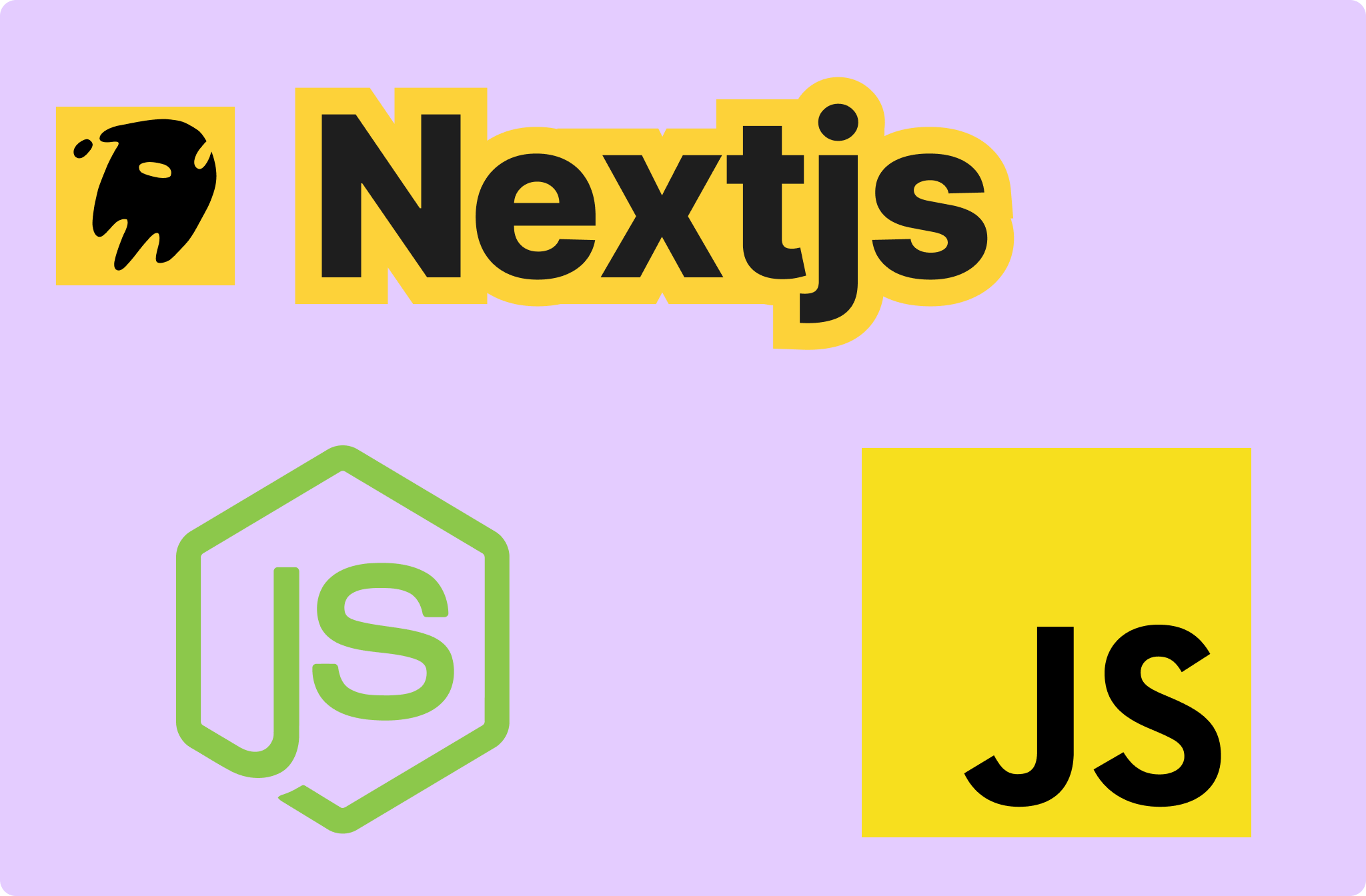Understanding JSON and JSON Schema
Takashi Yamamoto
Infrastructure Engineer · Leapcell

Key Takeaways
- JSON is a lightweight, widely supported format for data exchange.
- JSON Schema defines and validates the structure of JSON data.
- Using JSON Schema improves reliability, documentation, and automation.
In the realm of web development and data interchange, JSON (JavaScript Object Notation) has become a widely adopted format for structuring data. Alongside JSON, JSON Schema serves as a powerful tool for defining, validating, and documenting the structure of JSON data. This article provides an overview of both technologies, highlighting their purposes, benefits, and how they work together in modern software development.
What is JSON?
JSON stands for JavaScript Object Notation. It is a lightweight data-interchange format that is easy for humans to read and write, and easy for machines to parse and generate. Although derived from JavaScript, JSON is language-independent and is supported by most modern programming languages including Python, Java, PHP, C#, and many more.
A typical JSON object consists of key-value pairs. For example:
{ "name": "Alice", "age": 30, "isMember": true, "skills": ["JavaScript", "Python"] }
JSON's simplicity and ease of use have made it the default choice for transmitting structured data over network connections, especially in RESTful APIs.
What is JSON Schema?
While JSON defines data, it does not define rules about the data. This is where JSON Schema comes in. JSON Schema is a vocabulary that allows you to annotate and validate JSON documents. It defines the expected structure and data types of JSON content, helping ensure consistency, reliability, and correctness.
A basic JSON Schema might look like this:
{ "$schema": "https://json-schema.org/draft/2020-12/schema", "type": "object", "properties": { "name": { "type": "string" }, "age": { "type": "integer", "minimum": 0 }, "isMember": { "type": "boolean" }, "skills": { "type": "array", "items": { "type": "string" } } }, "required": ["name", "age"] }
This schema defines the structure of a JSON object, specifying that name must be a string, age must be a non-negative integer, and so on.
Why Use JSON Schema?
Using JSON Schema provides several key benefits:
- Validation: Ensures that JSON data adheres to expected formats, catching errors early.
- Documentation: Acts as a form of self-documenting code, useful for developers and API users.
- Automation: Enables tools to automatically generate forms, UI components, or even database schemas based on the JSON Schema.
- Interoperability: Provides a standardized way to communicate the structure of data between systems.
Practical Use Cases
Some common scenarios where JSON Schema is used include:
- API validation: Ensuring incoming and outgoing JSON payloads match the expected format.
- Configuration files: Validating settings in applications to avoid runtime errors.
- Form generation: Creating dynamic forms that adjust based on schema definitions.
- Code generation: Automatically generating class definitions in strongly typed languages from schemas.
Conclusion
JSON and JSON Schema together form a powerful duo for managing structured data. JSON makes data easy to exchange and understand, while JSON Schema brings structure, rules, and safety to the data. As software systems grow increasingly complex and data-driven, adopting these standards can lead to more robust and maintainable applications.
FAQs
It validates and documents the structure of JSON data.
Yes, it ensures JSON payloads match the expected format.
No, it’s also useful for config files, forms, and code generation.
We are Leapcell, your top choice for hosting backend projects.
Leapcell is the Next-Gen Serverless Platform for Web Hosting, Async Tasks, and Redis:
Multi-Language Support
- Develop with Node.js, Python, Go, or Rust.
Deploy unlimited projects for free
- pay only for usage — no requests, no charges.
Unbeatable Cost Efficiency
- Pay-as-you-go with no idle charges.
- Example: $25 supports 6.94M requests at a 60ms average response time.
Streamlined Developer Experience
- Intuitive UI for effortless setup.
- Fully automated CI/CD pipelines and GitOps integration.
- Real-time metrics and logging for actionable insights.
Effortless Scalability and High Performance
- Auto-scaling to handle high concurrency with ease.
- Zero operational overhead — just focus on building.
Explore more in the Documentation!
Follow us on X: @LeapcellHQ




